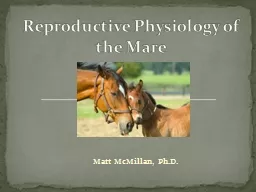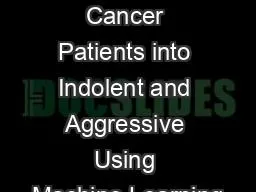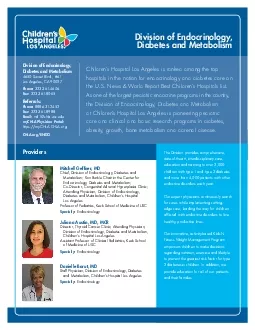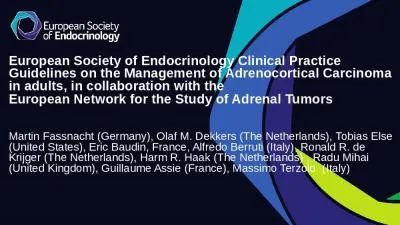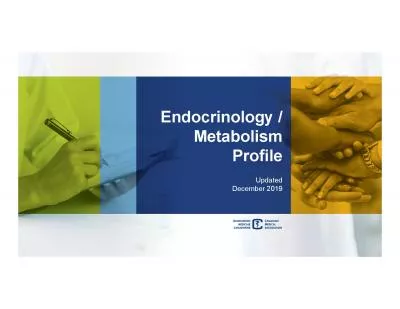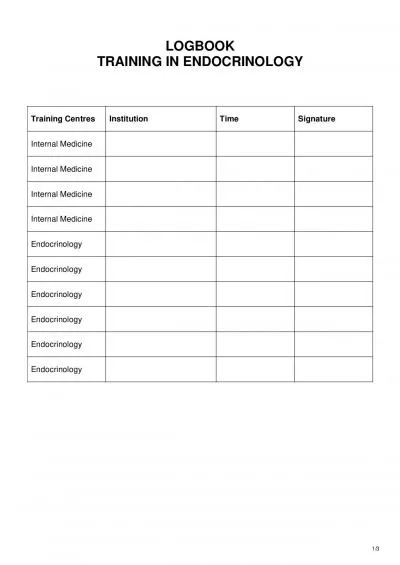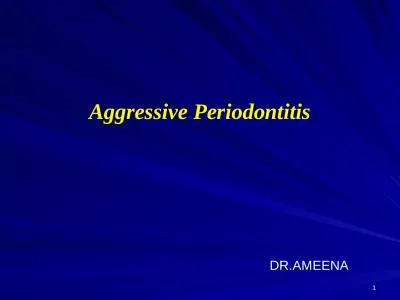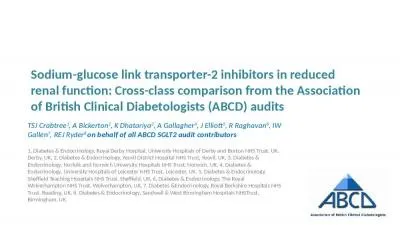PPT-European Society of Endocrinology Clinical Practice Guidelines for the management of
Author : pasty-toler | Published Date : 2020-04-02
tumours and carcinomas European Journal of Endocrinology 2018 178 G1G24 By Dr Mozhgan Karimifar Summary of the recommendations The recommendations R strong
Presentation Embed Code
Download Presentation
Download Presentation The PPT/PDF document " European Society of Endocrinology Cli..." is the property of its rightful owner. Permission is granted to download and print the materials on this website for personal, non-commercial use only, and to display it on your personal computer provided you do not modify the materials and that you retain all copyright notices contained in the materials. By downloading content from our website, you accept the terms of this agreement.
European Society of Endocrinology Clinical Practice Guidelines for the management of: Transcript
Download Rules Of Document
" European Society of Endocrinology Clinical Practice Guidelines for the management of"The content belongs to its owner. You may download and print it for personal use, without modification, and keep all copyright notices. By downloading, you agree to these terms.
Related Documents


